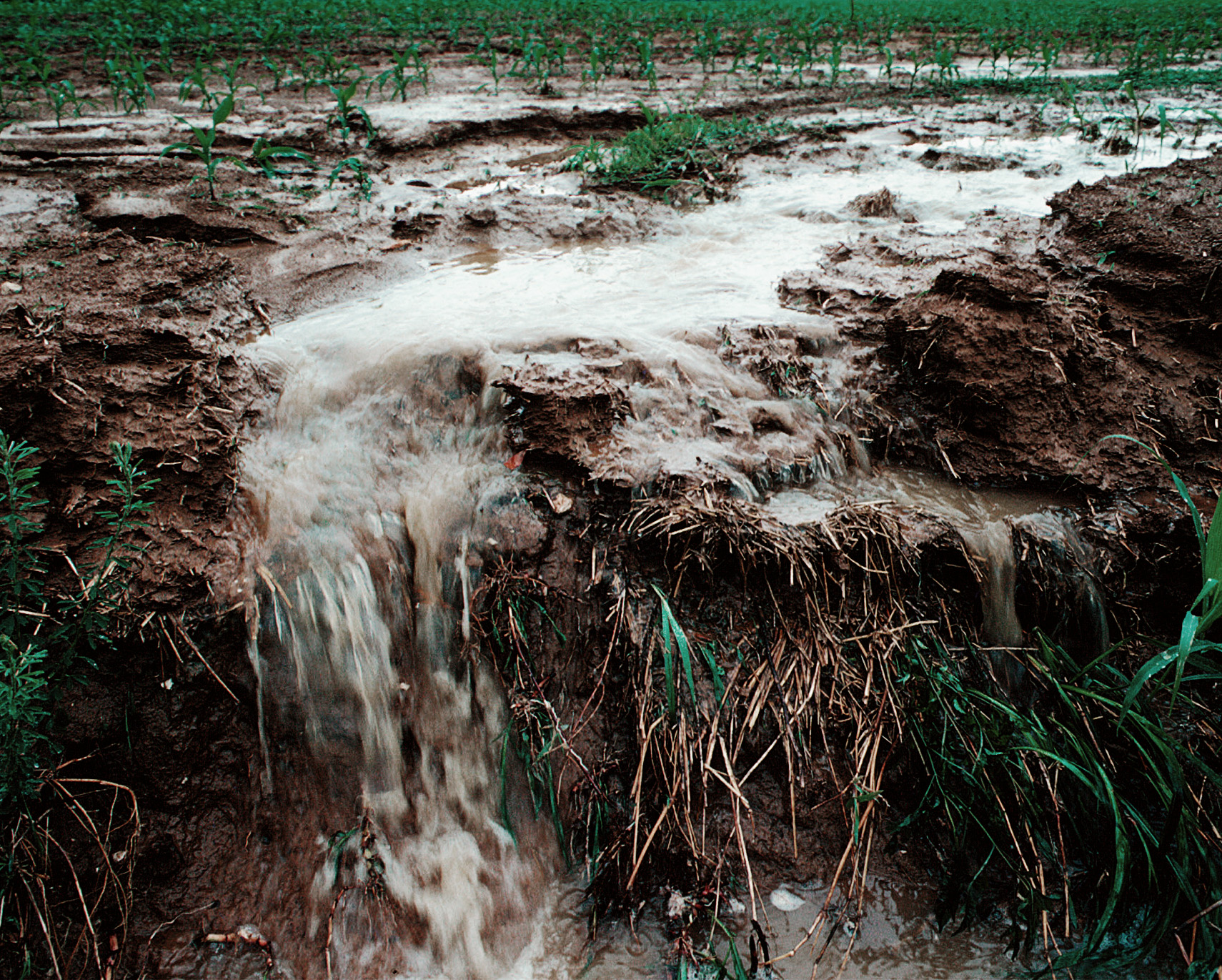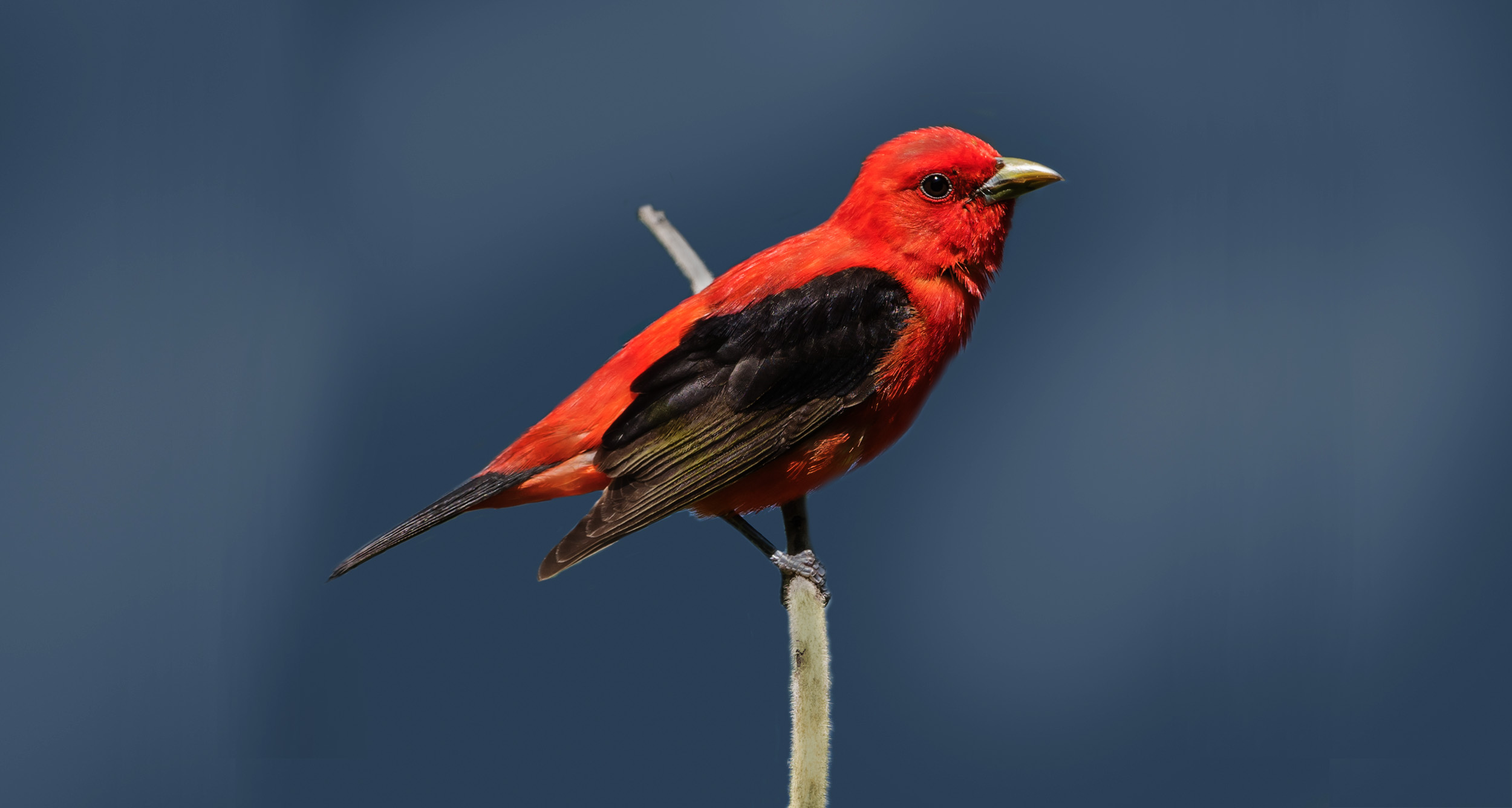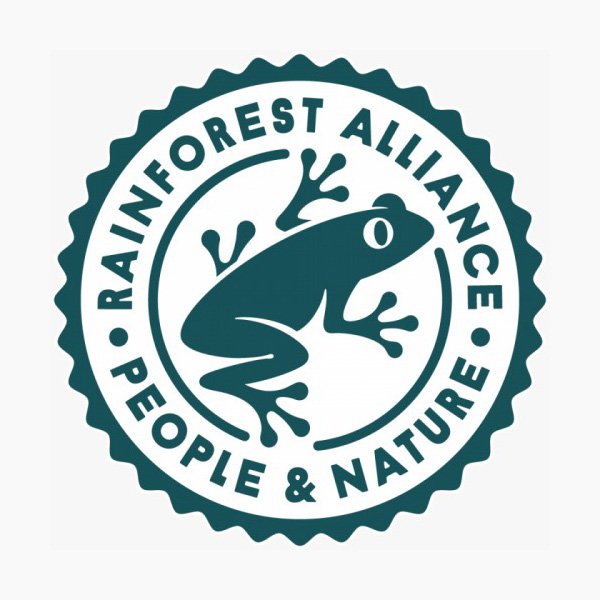It’s clear that the two main contributors to emissions from production result from fertiliser use on the farm and التخمير from wet processing at the mill. Yet the studies that we’ve discussed vary widely in their estimates, due partly to the different conditions in each country but also to differences in the way the studies are conducted, which makes it difficult to compare results in a meaningful way.
Even within one study using a single methodology to compare a large number of farms, the emissions varied hugely, from 4.1 to 23.3 CO2-eq per kilogram of green coffee (H van Rikxoort et al, 2014). This makes it hard to choose a generalised figure to analyse the carbon footprint of your café or roastery business. It also demonstrates the difficulty of choosing an environmentally friendly coffee, when there are so many factors involved and each choice comes with unintended consequences. In this lesson, we look at how to make an informed choice about what coffee to buy.
Organic or Conventional?
If you’re seeking to reduce the environmental impact of your coffee buying, the first thing you might do is choose an organically certified coffee. The market for organic coffee has expanded enormously in recent years: the proportion of coffee-growing land under organic cultivation increased fivefold between 2004 and 2019 (H Willer and J Lernoud, 2019).
Despite frequent claims to the contrary, there are no health benefits to consuming organic food, and coffee should be no exception. Whether for its nutritional qualities (AD Dangour et al. 2010) or food safety issues such as pesticide residues (F Magkos et al. 2007), decades of research have failed to uncover any benefit of organic food to the consumer.
However, it’s clear that organic cultivation can make a big difference in producing countries. Firstly, organic cultivation is usually safer for the farmers themselves. Laws regulating pesticide use in producing countries are often lax or poorly enforced, so pesticides might be used inappropriately or farmers might use pesticides that are banned elsewhere. Workers on organic farms are less likely to show symptoms of pesticide poisoning and are at a lower risk of cancer (HP Hutter et al. 2018).
Organic coffee has numerous environmental benefits. It supports greater biodiversity because it is associated with the preservation of forest habitats for birds and other animals (JC Martinez Sanchez, 2008) and also because of the benefits to soil organisms and insects on organic farms (LCI de Oliveira Filho et al. 2018). Organic coffee also results in fewer negative effects from fertiliser use, such as soil degradation (K Velmourougane, 2016) and fertiliser run-off into the water supply, which can devastate the ecosystem.
 Picture: Example of fertilizer run-off from a field, following heavy rainfall.
Picture: Example of fertilizer run-off from a field, following heavy rainfall.
However, with regard to the effect on greenhouse gas (GHG) emissions, the difference is much less clear. While we’ve seen that the production of chemical fertilisers can make a substantial contribution to the overall emissions of a coffee farm (PCF Pilotprojekt Deutschland, 2008), the difference between conventional and organic farming overall is much smaller than the difference between individual farms. For example, while Noponen et al. (2012) found that organic farms typically produced about 1 to 2 kilograms less CO2 per kg of green coffee than their conventional equivalents, van Rikxoort et al. (2014) found that the emissions from individual conventional farms ranged from 4 kg to well over 20 kg.
Furthermore, as we saw in Lesson 2.03, converting farms to organic cultivation can cause increased emissions if it results in land use changes to compensate for lower yields (MRA Noponen et al. 2012). This suggests that the sole action of choosing an organic coffee is not enough to minimise emissions.
Other Certifications
As well as for organic farming, a number of other certifications exist; they are intended to encourage sustainable farming, ethical labour practices, and/or guarantee better prices to farmers. The largest such scheme in coffee is 4C, which specifies certain minimum standards for commercial coffee production — but it is not well known to consumers, as it doesn’t provide a certification label. Better-known certifications include the recently merged Rainforest Alliance/UTZ, Fairtrade، و Bird Friendly coffees. All told, about 40% of the world’s coffee is produced by farmers using some kind of voluntary sustainability standard (Potts et al. 2014).
Pictures: You may have seen some of these certification logos on consumer packaging.
However, choosing a coffee for environmental benefits on the basis of certification doesn’t guarantee strong environmental protections. The environmental requirements for 4C coffee are minimal (JA Craves, 2011), and they essentially only promise compliance with existing legislation. Fair Trade and the former UTZ certifications are more focused on social sustainability than environmental impact, so they have limited environmental benefits.
For certifications that do focus on the environment, the evidence that they actually result in environmental benefits is limited. It’s hard to establish whether the certifications actually cause farmers to adopt more environmentally friendly practices or if the certifications are simply adopted by farms that follow preexisting good practices (A Blackman and J Riviera, 2011).
Bird Friendly is widely regarded as the most rigorous certification, and it includes organic certification as a prerequisite. Some evidence indicates that Bird Friendly–certified farms harbour greater biodiversity (SA Caudill and R Rice, 2016). Organic certification has also been shown to result in better environmental performance in Costa Rica (A Blackman and MA Naranjo, 2012), and some studies have shown that Rainforest Alliance (RA) certification can result in environmental benefits such as greater biodiversity or improved water quality (KA Elliot, 2018). However, Elliot points out, ‘even relatively strong standards produce limited benefits in practice’.
 الصورة: A Scarlet Tanager, a migratory bird that relies on forest cover in Central America for its winter habitat and can be found on shade-grown coffee farms
الصورة: A Scarlet Tanager, a migratory bird that relies on forest cover in Central America for its winter habitat and can be found on shade-grown coffee farms
To make matters worse, some certification bodies may come under pressure from large coffee companies to weaken their standards in order to allow more coffee to be certified. For example, as we saw in Lesson 2.04, the RA requirements for shade cover, which are important for biodiversity but are also linked to reduced emissions at the farm, have been weakened significantly over the last decade (JA Craves, 2020).
What Makes a Coffee Sustainable?
Since relying on certifications isn’t enough to guarantee a beneficial outcome to the environment, what else can consumers or green buyers do to ensure they are buying a sustainably produced green coffee? The answer is to look closely at each factor we discussed in the previous four lessons.
Responsible fertiliser use is the most important, whether a farm is organically certified or not. Limiting fertiliser use will have the biggest impact on GHG emissions, as well as knock-on benefits — by limiting nitrate runoff into waterways, for example. A farm that uses limited, carefully targeted applications of synthetic fertilisers or pesticides could well be more environmentally friendly than an organic farm that is growing coffee intensively in full sun and spreading the soil liberally with poultry manure.
The processing method also has a huge impact, as we saw in Lesson 2.03. The wastewater from التخمير significantly contributes to GHG emissions and pollution in rivers (E Sage, 2012), so investing in effective wastewater treatment will result in a huge environmental benefit. A processing technique that reduces water use, such as dry التخمير, mechanical demucilaging, or natural processing, can be even more effective in reducing GHG emissions.
Finally, growing coffee under shade is associated with numerous environmental benefits. Preserving forest or planting shade trees can reduce or even reverse the negative effects of land use changes, as we discussed in Lesson 2.04. Shade or forest trees also sequester carbon, reduce water use, and can be used to fix nitrogen or produce other crops.



